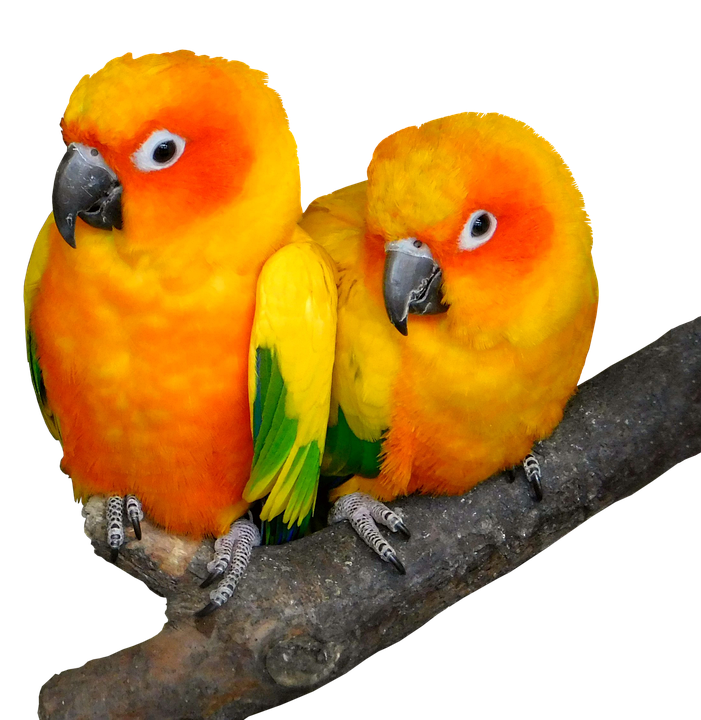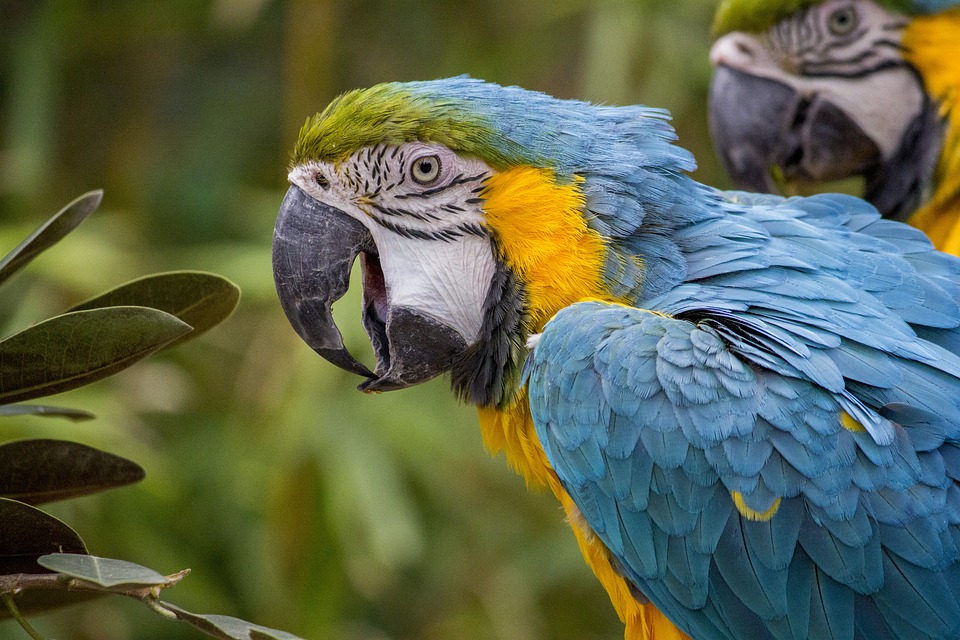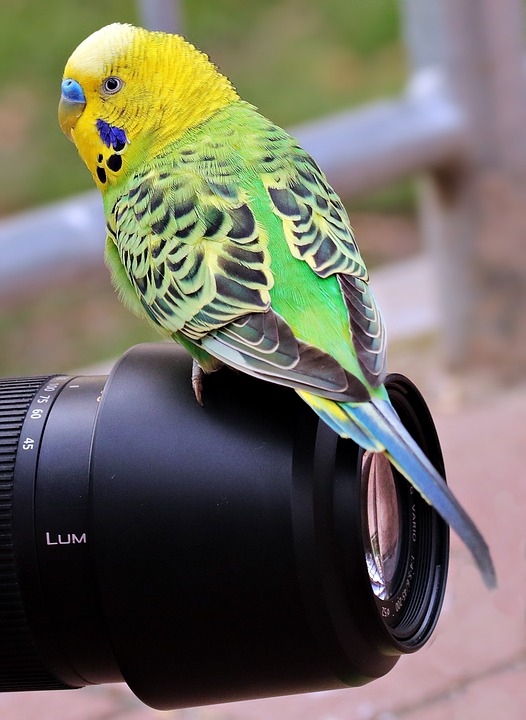Parrots are well-known for their vibrant colors, intelligent minds, and captivating behaviors. One of the most fascinating behaviors exhibited by parrots is wing-flapping. In this article, we will explore the world of parrot behavior, with a specific focus on wing-flapping. We will delve into the reasons behind this behavior, its significance, and how parrot owners can understand and manage it.
Wing-flapping serves various purposes in a parrot’s natural behavior. Understanding these purposes can provide insight into the lives of our feathered friends. Firstly, wing-flapping is a way for parrots to exercise and strengthen their flight muscles. As highly active creatures, parrots rely on wing-flapping to maintain their overall physical health and well-being.
Additionally, wing-flapping helps parrots with thermoregulation. Since parrots do not have sweat glands, it is challenging for them to regulate their body temperature. Wing-flapping helps them cool down by increasing the airflow around their bodies.
Furthermore, wing-flapping aids in maintaining balance and coordination, especially when perched or climbing. This behavior contributes to the development of a parrot’s motor skills and spatial awareness.
Wing-flapping is also a form of communication and expression for parrots. In the wild, parrots engage in synchronized wing-flapping as a means of social bonding with their flock members. This behavior promotes a sense of togetherness and unity within the group.
During courtship and mating rituals, parrots often display elaborate wing-flapping displays to attract potential mates. This behavior showcases their vitality and fitness, indicating their suitability as a partner.
Moreover, wing-flapping can be a way for parrots to express their emotions. They may flap their wings vigorously when excited, happy, or even frustrated. Observing their body language can help us understand their emotional state.
While wing-flapping is a natural and instinctive behavior for parrots, it can sometimes become excessive or problematic. To understand and manage wing-flapping in parrots, there are a few tips to keep in mind.
Firstly, it is essential to provide ample exercise opportunities for your parrot. Ensure they have enough space and opportunities to engage in physical activities like flying or climbing. This will help them channel their energy and reduce the need for excessive wing-flapping.
Offering enrichment and mental stimulation is also crucial. Parrots are highly intelligent creatures that require mental engagement. Provide them with toys, puzzles, and interactive activities that keep their minds occupied. This can help reduce boredom-related wing-flapping.
Monitoring environmental factors is also important. Certain factors like temperature, humidity levels, and drafts can trigger excessive wing-flapping in parrots. Providing a comfortable and well-regulated environment can minimize unnecessary wing-flapping.
If your parrot’s wing-flapping becomes obsessive, self-injurious, or disrupts their daily routine, it is crucial to seek professional help. Consulting a qualified avian veterinarian or an avian behaviorist can provide guidance specific to your parrot’s needs.
In conclusion, wing-flapping is a natural and multifaceted behavior that plays a vital role in a parrot’s life. By understanding the purpose and significance of wing-flapping, parrot owners can foster a deeper connection with their feathered companions. Remember, observing and respecting your parrot’s behavior is key to providing them with a fulfilling and enriched life.









